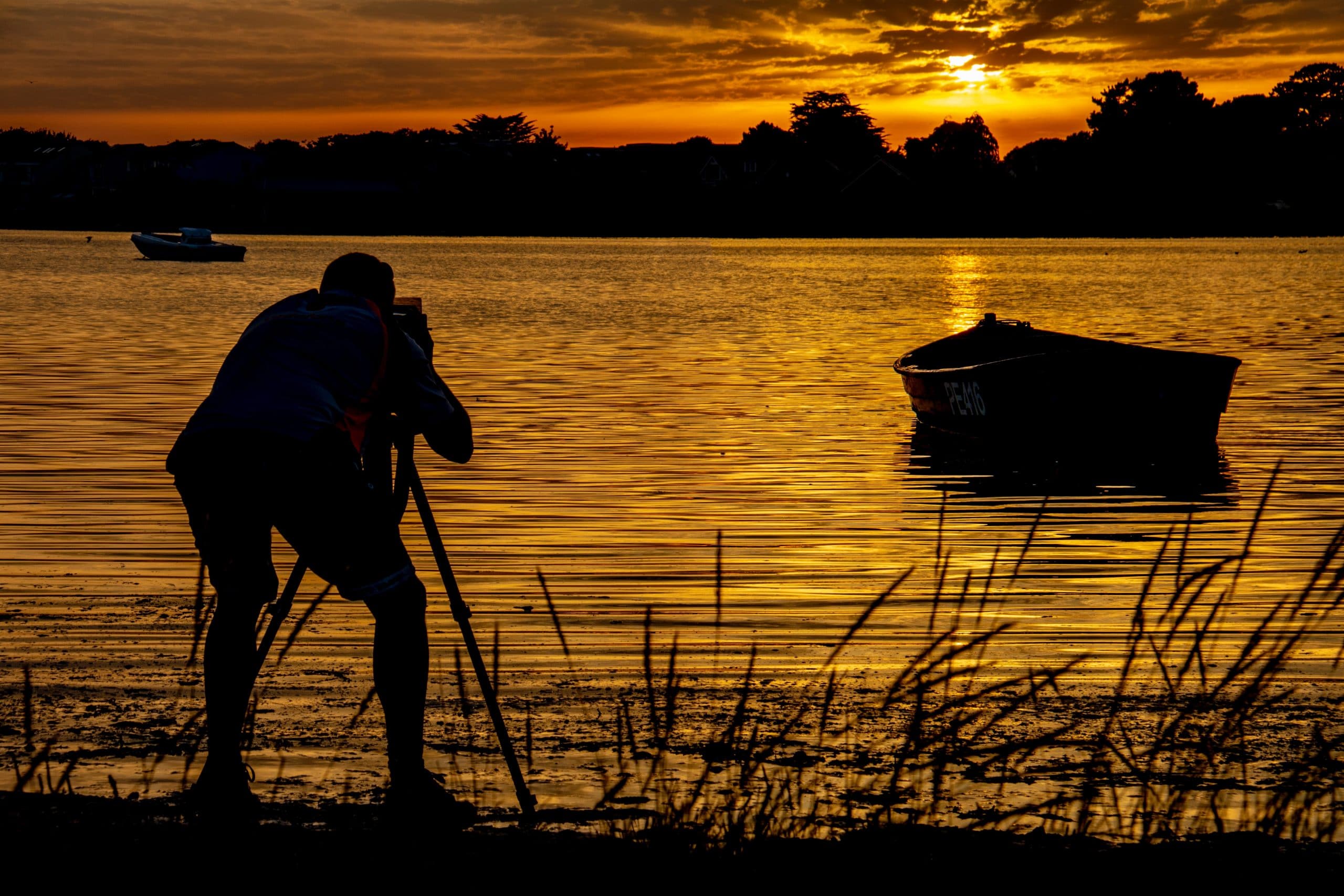In order to get paid for your work, you need clients who will buy your travel photography. These might be magazines, like National Geographic; travel book publishers; travel agencies; tourism boards; designers of wall calendars; and so on. There’s a big market for travel photography, but you need to know how to get in contact with the right people.
With that in mind, here is a guide on how to cold email potential clients who might buy your travel photography. There is certainly a wrong way to do this – a way that will make your emails ignored or marked as spam. Follow these protocols, and you will stand a much better chance of getting a foot in the door.

Image by Julius Silver from Pixabay
Be Personal
A cold email means that you are essentially introducing yourself to the client for the first time, without them requesting any contact from you. This means that they do not know who you are – but it doesn’t have to mean that you don’t know them.
Use the internet to do your research. Look into the company and the kind of shots that they use, as well as what they use it for. If there is only a generic email address listed on their site, use this – or give them a call – to ask for the direct email and name of the person who is in charge of purchasing imagery. You can even ask about their policy – for example, whether they buy images one at a time, use stock for most of their needs, or commission specific photo essays.
Once you know who you are writing to, you can craft an email which is more personal. There’s no need to write a single email and then copy and paste this to a hundred different people. It’s much better if your words are directly specialised to the person you want to approach, so that you can send fewer emails with a better chance of success.
Be Brief
No one wants to open their inbox and read a huge essay about your personal history, your work, and why you are so great for the job. Photo editors lead busy lives, and they don’t have time to waste on a cold email from someone they have never heard of before.
So, keep it brief. Introduce yourself with a single line about your current position and your history, with relevant publication credits if you have any. Let them know the purpose of your email – perhaps to learn more about their process, or because you have some specific shots that you would like to show them, or because you are seeking a commission.
You can include pleasantries, of course – such as hoping that the receiver is well – but you don’t need to add anything more. Direct them to your portfolio website and leave it at that.

Photo by VisionPic.net / Pexels License
Be Precise
Be clear about what you want – don’t leave them guessing. If you just send an email explaining that you are a travel photographer and have taken some great shots recently, you haven’t asked them to take any action with you. This is just a piece of news that they can do nothing with.
Make sure that you tell them what to do next: ask them to take a look at your portfolio with a mind towards hiring you, ask them if they are currently looking to commission a series, or tell them about the shots you want to sell. Respect their time by getting to the point.
Do be aware of your tone and how your message might come across. The point is not to demand that they pay you and assume that they will just do what they say. You are asking them to take a look at your work, and then consider the next steps. Do this with respect and with politeness, bearing in mind that they might receive many of these kinds of emails every week.
Be Demonstrative
It’s often a good idea to include an image or two along with your email. If you have one stunning picture in your portfolio, or as part of the collection that you are looking to sell, then you can consider embedding this in the body of the email itself. You could also add it as an attachment.
Consider inbox limits, and keep the size of any attachments as small as possible. Don’t attach a thousand shots which might take a long time to load – one or two is plenty. If the editor is interested in seeing more, they can use the link that you have provided for them. Hopefully, the examples that you have chosen to demonstrate your work will do the job. If they don’t, then the editor wasn’t likely to hire you anyway.

Photo by Nick Fewings | Unsplash License
Be Persistent
As emails can take a long time to make their way to the top of a busy inbox, don’t be surprised if you don’t hear anything at first.
Leave it perhaps a week, or even two for particularly busy clients, before you follow up – but do follow up. Make a simple message asking the editor if they have seen your last mail, and then reiterate the important points. If there is a time pressure associated with the images – for example, that global attention is on a certain part of the world but will soon move on – make this clear in your email as the reason why you are following up.
Don’t follow up more than twice, because it comes across as too pushy. An editor who already has a lot on their plate won’t appreciate this. Be careful to also not follow up too quickly – such as after one day. Again, this comes across that you are being disrespectful of the editor’s workload and their hundreds of other emails they must answer alongside actually doing their job. Remember that everyone here is a human being – you can’t rush them along without leaving a bad taste in their mouth.
Building a relationship with the client is more important than any single sale. If you annoy them, you may well get one sale and then no others after that. But if you talk with them politely and respectfully, and even share some casual chat, then you could end up making long-term sales even if they pass on this particular set. That’s a relationship which could really come in handy, and be much more lucrative than a single sale.
Be Time-sensitive
Another word about timing: the date when you send your email can really make a difference. For example, if are cold emailing manufacturers of wall calendars in January, you might find that they have their minds on other things – such as fulfilling orders for their current calendars. If you email them in December, you will find that you are far too late and production has already begun.
Every industry has particular dates that they revolve around, and all that you need to do is figure this out. You’re more likely to get a response from a magazine editor if you email in the week after an issue has been put out, when they are looking for new content across a range of slots, than in the days before it is released, when everything is already filled.
Figure out the right timing for your potential client’s niche, and you are bound to get much better results. You can even ask them about the best time to contact them with new work if you are not sure about when this would be.
There are a lot of things to avoid when cold emailing – such as being rude or aggressive, including too much information, being too arrogant, or copying and pasting generic text for each one. Stick to these positive techniques instead, and you’ll get much further!
Photo license link: Pexels license, Unsplash











Katherine is a great piano teacher! She is so patient and has a great way of explaining to my daughter how to play.
We tried another teacher and we didn’t care much for her because she was not as patient and
at times became a little irritable. My daughter is 7 and it
was her 3rd lesson EVER, and we had explained she took a break
so she may not remember. Katherine made my daughter
feel at ease which allowed my daughter to play better because she was relaxed.
The prices are very reasonable and this place, even though is
a bit small quarters still delivers through its teachings.
They also have recitals you can sign up for when your kids
are ready. I found this place when I went
to pick up my daughters piano and a guy was talking to me about it and he said his kids had been coming here for a few years and loved it so we gave it
a shot since her original teacher lived way too far.
If you live near by and want your kids to learn anything musical including singing than this
place may be a fit for yo https://memuplay.com